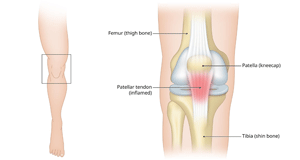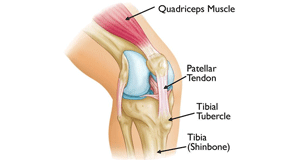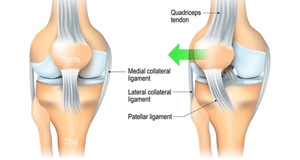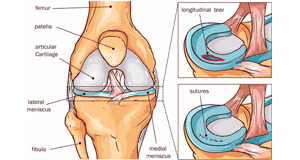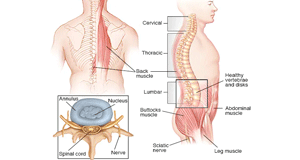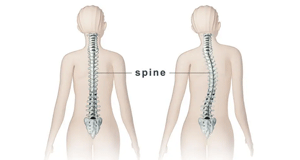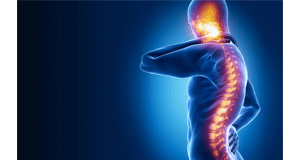Fractures of Knee Fractures of Knee is also called as patella fracture is a break in your kneecap, the bone that covers your knee joint. It’s usually caused by a traumatic injury, such as a fall or a blow to your kneecap. A patella fracture can be simple or complex. Some fractures require surgery to repair. Recovery can be long, ...
Read More »Blog
Tendinitis of Knee
Tendinitis of Knee Tendinitis of Knee is a condition characterized by inflammation of your patellar tendon. This connects your kneecap (patella) to your shin bone (tibia). Jumper’s knee weakens your tendon, and, if untreated, can lead to tears in your tendon. Causes It is caused by overuse of your knee joint, such as frequent jumping on hard surfaces. It’s usually ...
Read More »Osgood-Schlatter Disease
Osgood-Schlatter Disease Osgood-Schlatter disease is a condition that causes pain and swelling below the knee joint, where the patellar tendon attaches to the top of the shinbone (tibia), a spot called the tibial tuberosity. There may also be inflammation of the patellar tendon, which stretches over the kneecap. Osgood-Schlatter disease is most commonly found in young athletes who play sports ...
Read More »Ligament Sprains or Tears
Ligament Sprains or Tears Ligament Sprains or Tears is very cammon injury found in knee. The anterior cruciate ligament (ACL) is one of the most common ligaments to be injured. The ACL is often stretched and/or torn during a sudden twisting motion (when the feet stay planted one way, but the knees turn the other way). Skiing, basketball, and football ...
Read More »Dislocation of the Kneecap
Dislocation of the Kneecap A dislocation of the kneecap occurs when the knee cap pops sideways out of its vertical groove at the knee joint. It’s usually caused by force, from a collision, a fall or a bad step. A dislocated patella is painful and will prevent you from walking, but it’s easy to correct and sometimes corrects itself. A ...
Read More »Cartilage and Meniscus Injuries
Cartilage and Meniscus Injuries A cartilage and meniscus injuries can get better on its own without treatment, but it can take a while to heal. Sometimes, physiotherapy may be recommended to help reduce pain and improve movement and strength in the knee. If the damage is severe, you may need arthroscopy surgery to repair or remove the damaged cartilage. It ...
Read More »Spinal Tumor
Spinal Tumor Spinal tumor is a growth that develops within your spinal canal or within the bones of your spine. It is also called an intradural tumor, a spinal tumor that that begins within the spinal cord or the covering of the spinal cord (dura). A tumor that affects the bones of the spine (vertebrae) is called a vertebral tumor. ...
Read More »Spinal Stenosis
Spinal Stenosis Spinal stenosis occurs most often in the lower back and the neck. Spinal stenosis happens when the space inside the backbone is too small. This can put pressure on the spinal cord and nerves that travel through the spine. Some people with spinal stenosis have no symptoms. Others may experience pain, tingling, numbness and muscle weakness. Symptoms can ...
Read More »Scoliosis
Scoliosis Scoliosis is a sideways curvature of the spine that most often is diagnosed in adolescents. While scoliosis can occur in people with conditions such as cerebral palsy and muscular dystrophy, the cause of most childhood scoliosis is not known. Most cases of scoliosis are mild, but some curves worsen as children grow. Severe scoliosis can be disabling. An especially ...
Read More »Spinal Cord Injuries
Spinal Cord Injuries Spinal cord injuries can result from damage to the vertebrae, ligaments or disks of the spinal column or to the spinal cord. It can damage any part of the spinal cord or nerves at the end of the spinal canal (cauda equina) — often causes permanent changes in strength, sensation and other body functions below the site ...
Read More » Dr. Mishra’s Shahdara Orthopaedic Center Shahdara Orthopaedic Center, Best Orthopaedic Doctor in Shahdara, Delhi
Dr. Mishra’s Shahdara Orthopaedic Center Shahdara Orthopaedic Center, Best Orthopaedic Doctor in Shahdara, Delhi


